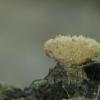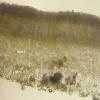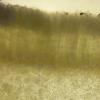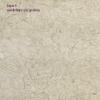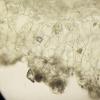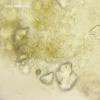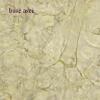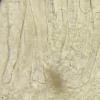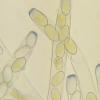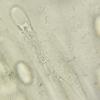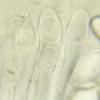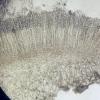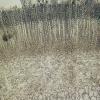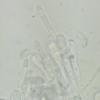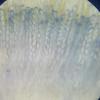
15-12-2025 15:48
 Danny Newman
Danny Newman
Melanospora cf. lagenaria on old, rotting, fallen

15-12-2025 15:54
 Johan Boonefaes
Johan Boonefaes
Unknown anamorph found on the ground in coastal sa

15-12-2025 21:11
 Hardware Tony
Hardware Tony
Small clavate hairs, negative croziers and IKI bb

15-12-2025 07:09
 Danny Newman
Danny Newman
indet. Rutstroemiaceae sp. on unk. fallen leavesMc

15-12-2025 07:05
 Danny Newman
Danny Newman
Pseudosclerococcum golindoi (det: Zotto)near Cosb

15-12-2025 11:49
 Danny Newman
Danny Newman
ITS sequences from the following two collections B

15-12-2025 12:34
 Danny Newman
Danny Newman
indet. Rhytismataceae on oak leafnear Purchase Roa

09-12-2025 12:06
 Andgelo Mombert
Andgelo Mombert
Bonjour,Je recherche l'article concernant Hypobryo
A small Peziza from the ground.
Mirek Gryc,
12-06-2021 16:38
Hello everyone
A colleague sent me this Peziza in a living state. Ascomata diameter about 4 mm. It has a very characteristic layer, especially bottom. I present in the pictures. I have never seen a Peziza such construction.
Spores smooth, I checked in Cotton Blue
Each hint is welcome.
I can not find my name for her.
greetings
Mirek
Nicolas VAN VOOREN,
14-06-2021 12:05

Re : A small Peziza from the ground.
The type of amyloid reaction is typical of the Peziza-core group (Peziza s. str.), but hard to say anuthing with only one apothecium.
Mirek Gryc,
14-06-2021 14:29
Re : A small Peziza from the ground.
Hi Nicolas
A few days I kept the living Ascomata to be sure that it is mature.
I am aware that the specification of the species in this group of peziza is very difficult, especially if one small Ascomat has.
As I mentioned earlier, I am wondering very interesting textures. I have never met such textures in the genus of peziza.
Re-research confirm their interesting construction.
In addition, I observed that Parphyses are densely septate, sometimes, lower member slightly expanded.
Again, I also measured the spores, the biggest dimensions were achieved:
Me = 18.5 × 10.5 ?m; QE = 1.8
The reaction to iodine in the more mature ascomata is much more deep, reaching the basics asci (photo).
Thank you for the previous comment.
greetings
Mirek
A few days I kept the living Ascomata to be sure that it is mature.
I am aware that the specification of the species in this group of peziza is very difficult, especially if one small Ascomat has.
As I mentioned earlier, I am wondering very interesting textures. I have never met such textures in the genus of peziza.
Re-research confirm their interesting construction.
In addition, I observed that Parphyses are densely septate, sometimes, lower member slightly expanded.
Again, I also measured the spores, the biggest dimensions were achieved:
Me = 18.5 × 10.5 ?m; QE = 1.8
The reaction to iodine in the more mature ascomata is much more deep, reaching the basics asci (photo).
Thank you for the previous comment.
greetings
Mirek

